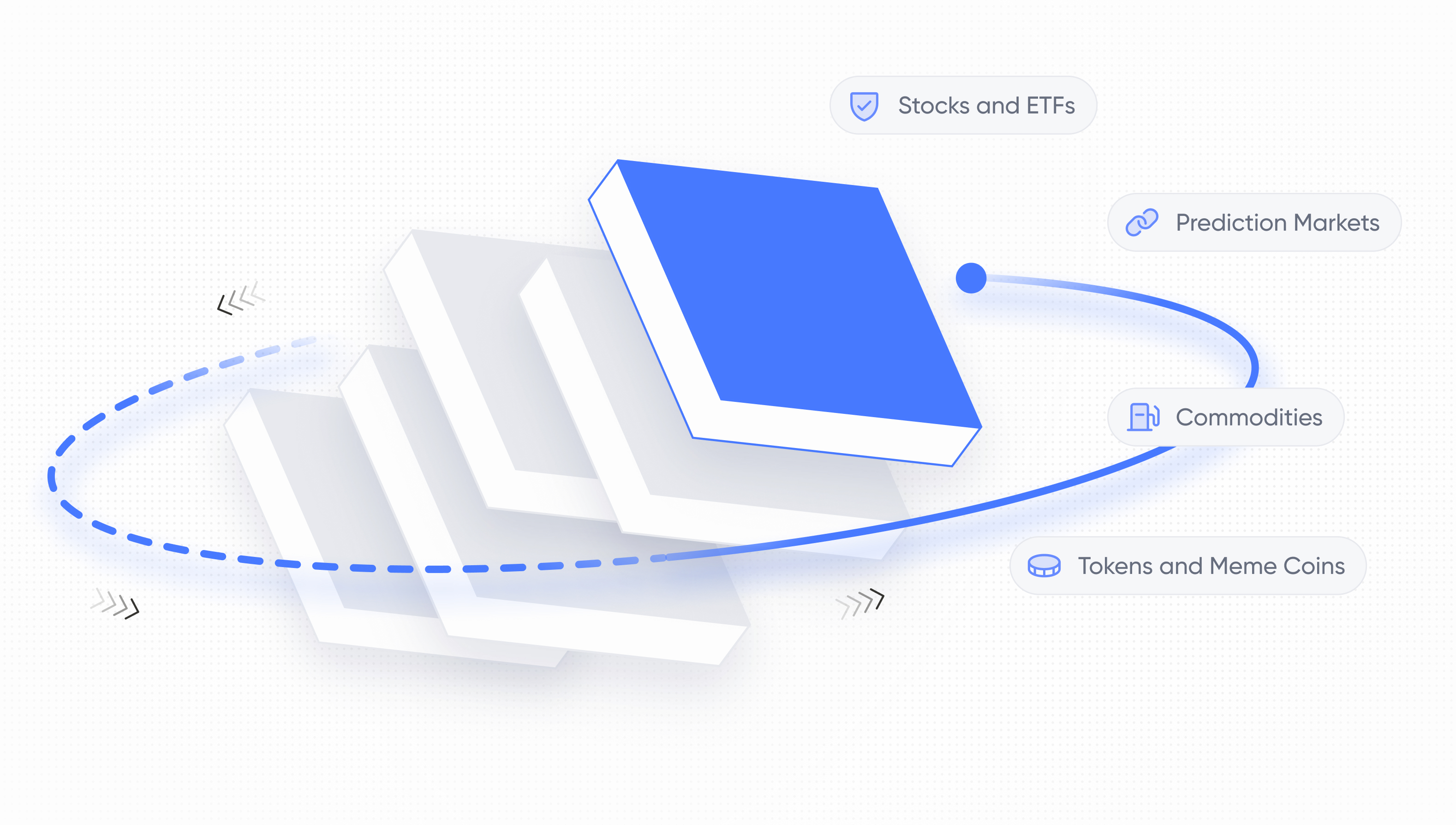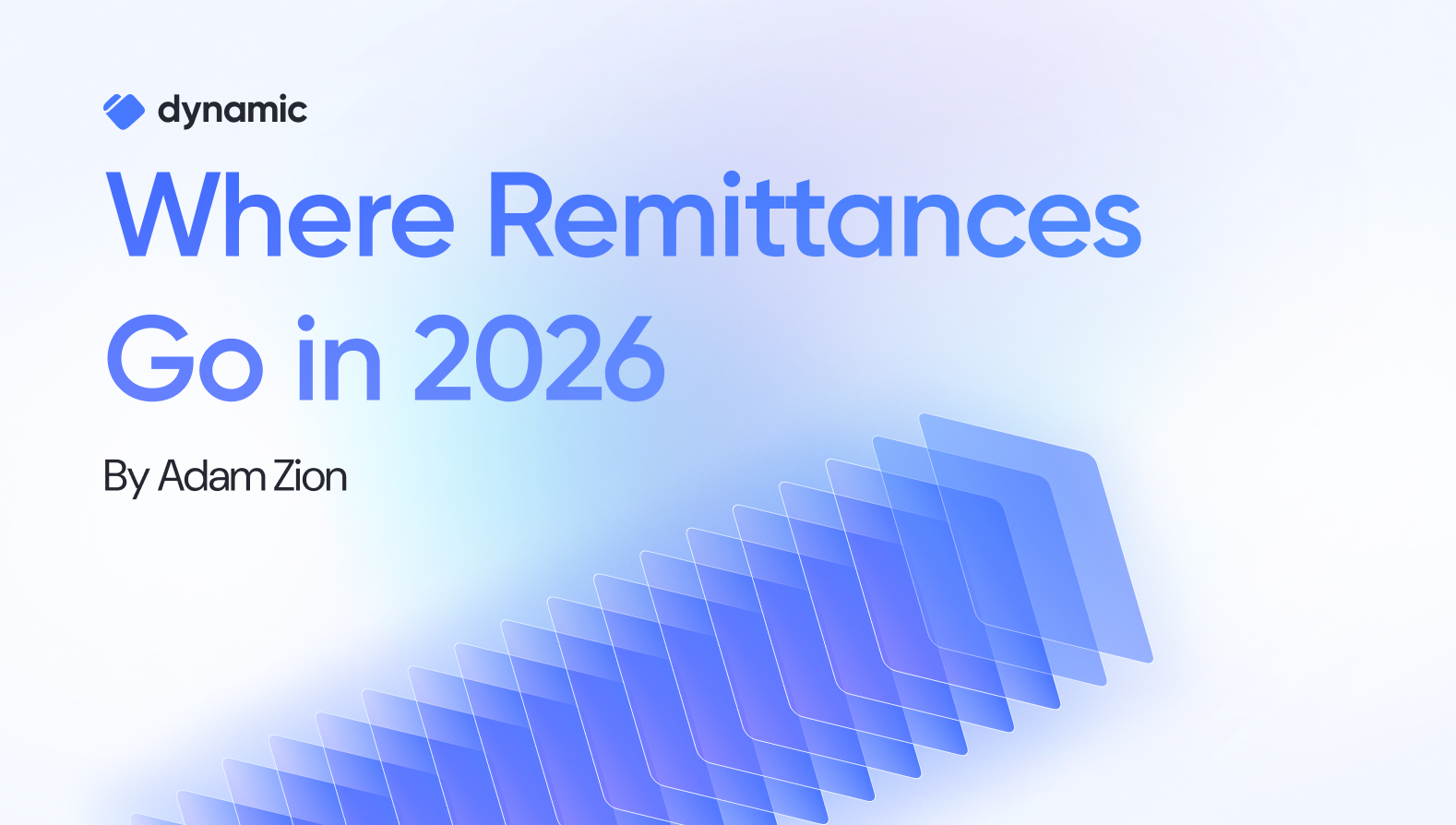Unlocking New Dimensions for NFTs with ERC-6551 ‘Backpack Wallet’


While NFTs have faded from the zeitgeist, the underlying tech around them remains a powerful tool where builders continue to innovate. The ERC-6551 proposal aims to take NFTs a step further by introducing the concept of NFT Bound Accounts, which endows each NFT with the capabilities of an Ethereum user.
This post will explain what this EIP means and some example use cases. In addition, we will include a link to an interview with Station Labs, who is building with it already.
TL;DR
1. EIP-6551 allows NFTs to be an Ethereum account and take on superpowers:
a. A car NFT can now own other smaller NFTs representing its parts
b. NFTs can nest a portfolio of assets similar to a money-market fund
c. An expressive user profile can be created, including identity attributes and wearables
2. There are some challenges such as dApp incompatibility, but they are surmountable
3. The change can be a huge unlock for Game Developers and companies building Loyalty Programs
Background
ERC-721 (the non-fungible token standard) initiated a trend of creating unique, distinguishable tokens, which gave rise to various applications such as virtual collectibles, digital artwork, and unique blockchain-based assets.
Nevertheless, a challenge emerged: NFTs could not contain attributes within them.
Introducing ERC-6551
You can extend their capabilities by giving an NFT an Ethereum account without altering existing infrastructure.
Use Cases
1. Real-World Asset Representation: AKA Tell Elon to sell Teslas as NFTS
- Before: Complex Assets: Many real-world assets can’t be represented with a single NFT due to their multifaceted nature. For instance, a car has multiple components.
- After: A car NFT could own other smaller NFTs representing all of its individual parts and configurations. It can be swapped out modularly.
2. Gaming, Virtual Worlds, and Social Networks
- Before: In role-playing games, characters evolve and gather items and abilities. Before, each ability or item had to have been a separate NFT.
- After: Characters and profiles can take on Much better organization, attributes of a character can follow a better ownership typology where they can be more cleanly associated and swapped. Check out Lens’ profile update
3. DeFi
- Before: NFTs could represent collateral or proof of ownership, but their utility in DeFi was limited.
- After: NFTs can now hold and manage assets. Imagine an NFT that represents an investment portfolio. This NFT can own multiple fungible tokens (like ETH, DAI, etc.), effectively allowing NFTs to be their own DeFi portfolios.
4. Loyalty Rewards & Profiles
- Before: NFTs could represent tickets but could not accrue loyalty directly, builders needed to create logs of each action off-chain and generally include a token currency as the accrual.
- After: The membership NFT could hold other tokens or assets given as rewards, and its interactions with various establishments can be tracked, offering dynamic, evolving memberships.
Some of the technical bits:
The proposal establishes a pattern for deploying account smart contracts controlled by an NFT. By owning an NFT, you control all accounts bound to it and, therefore, own the assets in these accounts. If an NFT is transferred, its new owner inherits control over all its bound accounts.
Accounts are deployed through a global, permissionless registry which helps create consistent deployment addresses for accounts and a unified event stream for indexers. The registry also supports determining the address of an account without having to deploy it.
Considerations & Risks
While ERC-6551 could be transformative, it comes with its set of challenges:
- Lack of clarity around how to operate 6551 accounts (NFTs). 6551 accounts don’t actually contain any code about how it should operate. Instead, an account points to another smart contract called an “implementation”, which defines the functions and state used. The account calls the implementation to figure out how to handle things. The “gotcha” in this setup is that the “implementation” cannot be changed. This leads to suboptimal cases where bugs in the implementation cannot be resolved and new features available in the future cannot be utilized by old accounts.
- Marketplace Safeguards: Much of the system's security depends on third-party decentralized marketplaces implementing the necessary safeguards. This reliance could be a vulnerability if these platforms don't maintain stringent standards.
- Connection and Chain Interoperability: It’s not very clear how to use 6551 accounts across dAPPs and chains. This will be an interesting problem if NFTs are truly supposed to span across game ecosystems.
- Ownership Cycles: There's a risk of creating ownership cycles, where assets in a token-bound account become unreachable. For instance, if an NFT is transferred to its designated account, both the token and its assets become permanently inaccessible.
- Adoption Barriers: Introducing new standards often meets resistance from the established community. The advantages of ERC-6551 have to be evident and significantly outweigh the challenges for developers, marketplaces, and end-users to adopt.
Conclusion
By rendering NFTs capable of more complex on-chain interactions, we could be on the brink of witnessing innovative applications that were once beyond reach.
Dynamic is working with a number of NFT marketplaces and builders in this space. We are exploring ways to handle onboarding these unique accounts and ways to provide exceptional integrations as this becomes more available.
To read about how one of these unique builders is using them today check out an interview with Co-Founder of Station Labs, Conner Swenberg.
Share this article



